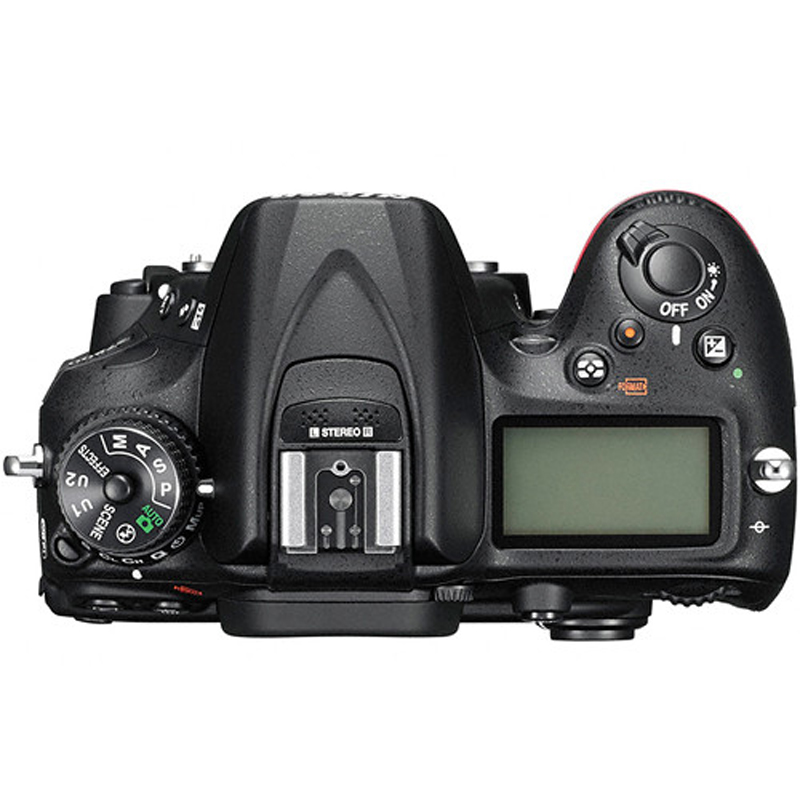

The D7100 doesn’t just have upgrades for still photographers, either. The Wi-Fi unit also means users can control the camera using a smartphone. With the addition of Wi-Fi capabilities via Nikon’s WU-1a Wi-Fi unit, D7100 owners can easily transfer images to a laptop, tablet, or smartphone for quick sharing or post-processing. It also means the D7100’s LCD can be used at lower power without sacrificing the ability to see the screen well.

The addition of white dots means the screen is much brighter for easier use in daytime shooting. The 3.2-inch screen has 1.2 million dots and includes an RGBW display. The upgraded LCD panel allows you to see the photos you take better as well.
#Nikon d7200 iso#
ISO performance is very good through ISO 1600, and potentially to ISO 6400, especially if shooting in RAW. The camera also comes with an Auto ISO feature from the Nikon D800 lets you set the desired minimum shutter speed based on the focal length of the lens, meaning you can select among five settings that shift the ISO towards slower of faster speeds. On the downside, when shooting video or shooting stills in live view, the AF system is painfully slow. With 51 AF points, of which 15 are cross-type, and focusing algorithms from the excellent Nikon D4, the D7100 has top-notch low-light focusing ability, all the way down to -2EV. The D7100’s AF system is another bright spot. The result is higher resolution from the sensor, particularly when the camera is paired with a top-end lens. Of note is the fact that the 24.1MP CMOS sensor comes without the optical low-pass filter, the first Nikon DSLR to omit it. Get the low-down on the D7100’s features and performance in the video above, as Dan Watson gives us an overview of his field test. 51 point AF system with 15 cross type AF sensors.6 fps continuous shooting in DX mode, 7fps in 1.3X crop mode.

#Nikon d7200 professional#
When the Nikon D7100 came out in February 2013, it was a home run right out of the gate because it combined the best features of its predecessor, the D7000, and some higher end features borrowed from Nikon’s professional grade D4.Īs a top-end APS-C camera, the D7100 offers features that enthusiast photographers can appreciate: In this article, we explore the features, pros, and cons of the D7100 and D7200, and offer up some tantalizing details of what could be coming with the D7300. The question is, will the D7300 continue to make the necessary improvements to keep this line of cameras relevant?
#Nikon d7200 upgrade#
Now that the traditional two-year upgrade cycle is drawing near, we can expect to see the newest version in this line - the D7300 - within a matter of weeks, at least according to all the latest rumors. So, when the Nikon D7200 came out in the spring of 2015, it had big shoes to fill.Īnd though the D7200 wasn’t as big of an improvement as the D7100 was, it still offers plenty of features that make it a highly sought-after camera for advanced amateurs, enthusiasts, and many pros. The D7100 became one of the most popular high-end DSLRs on the market. When Nikon introduced the D7100 as the D7000 replacement back in 2013, Nikon shooters rejoiced - and rightfully so.


 0 kommentar(er)
0 kommentar(er)
